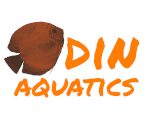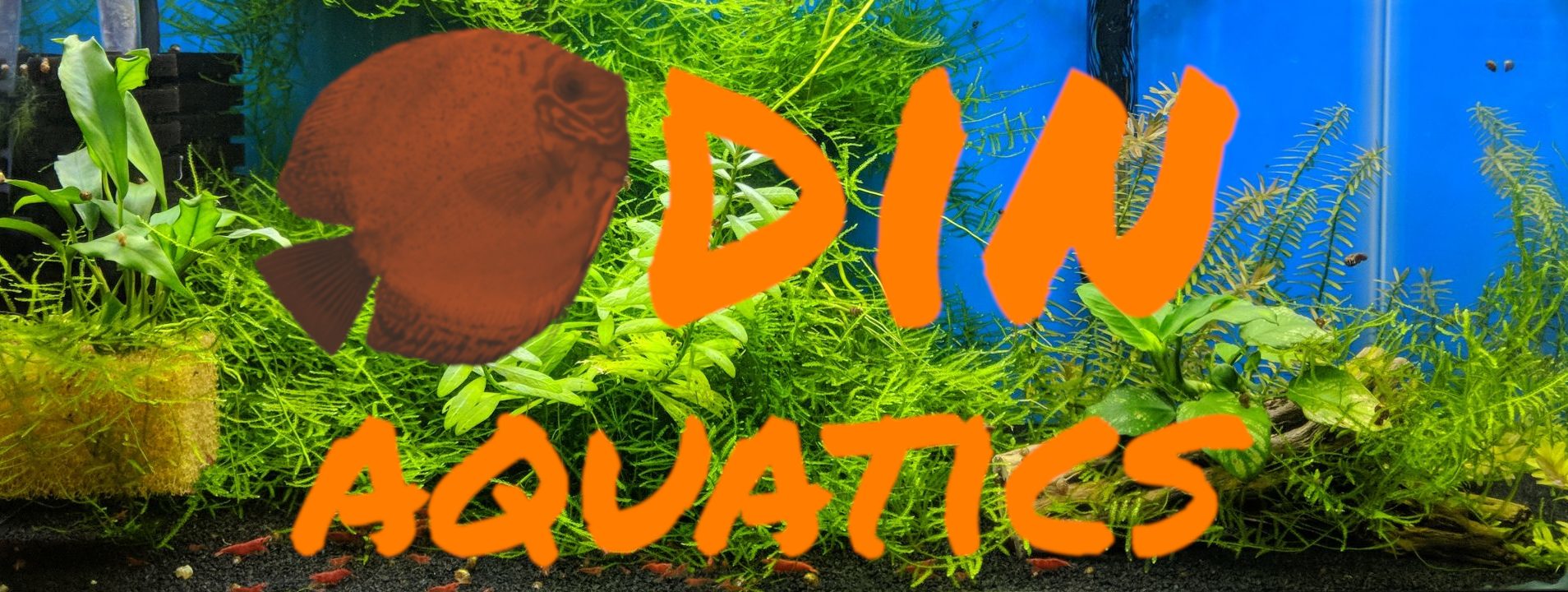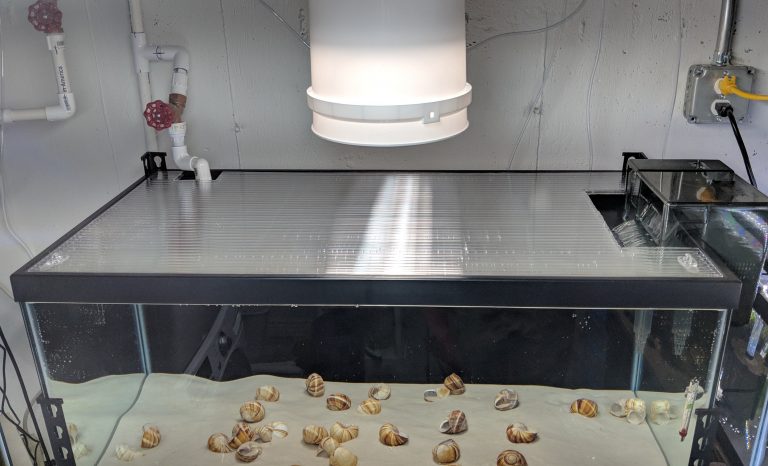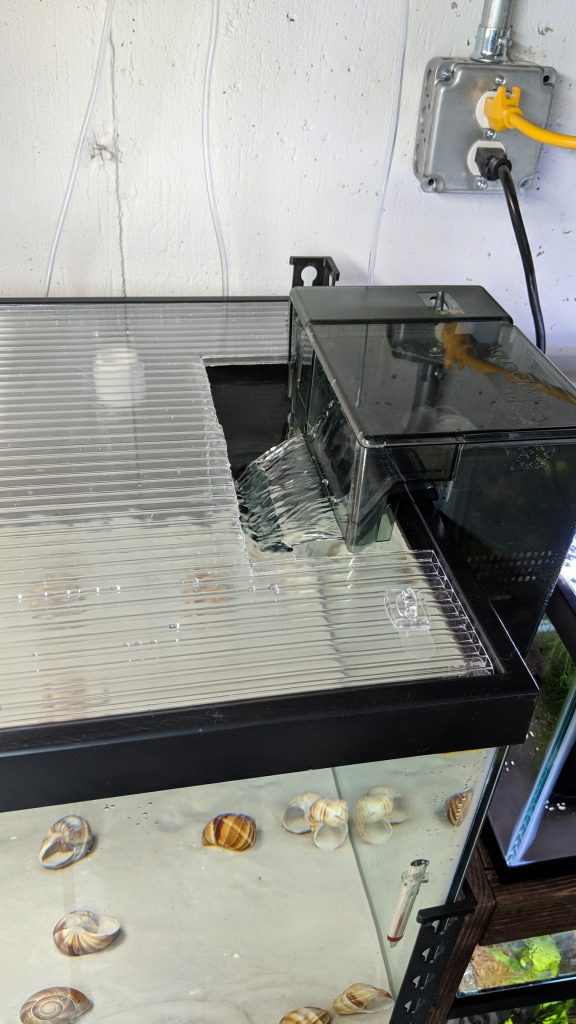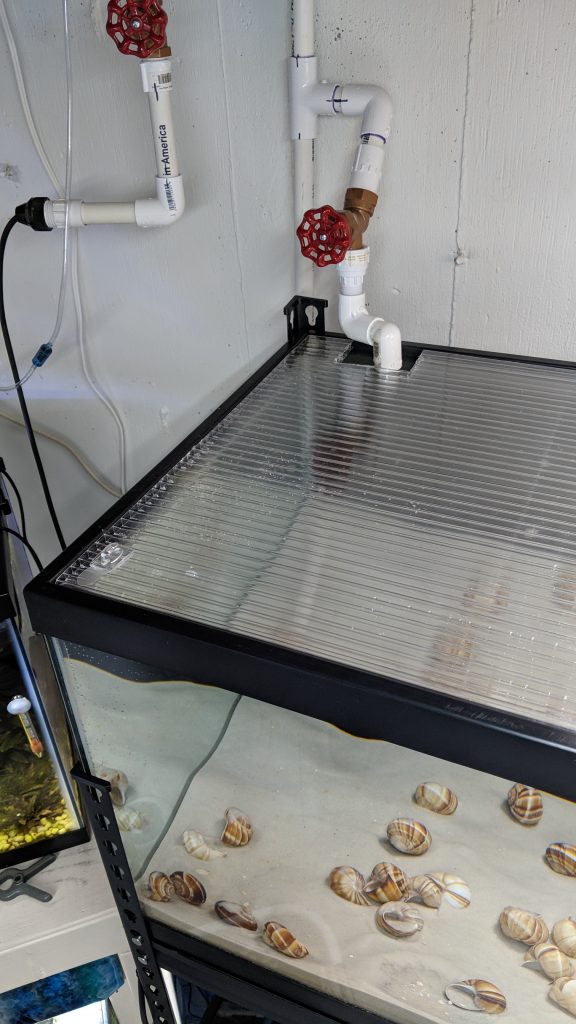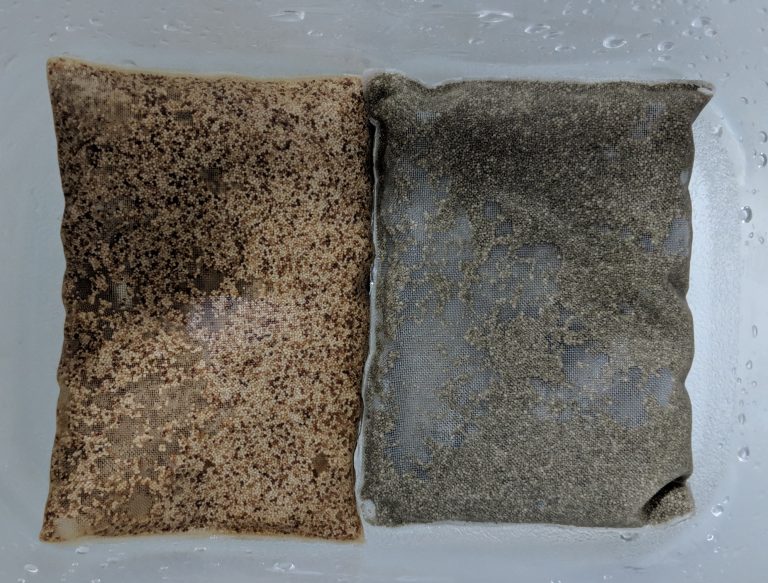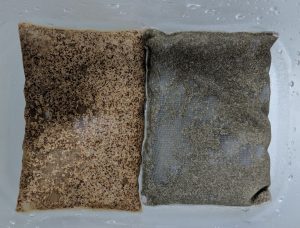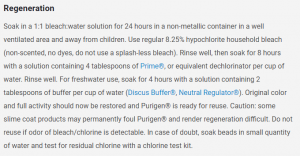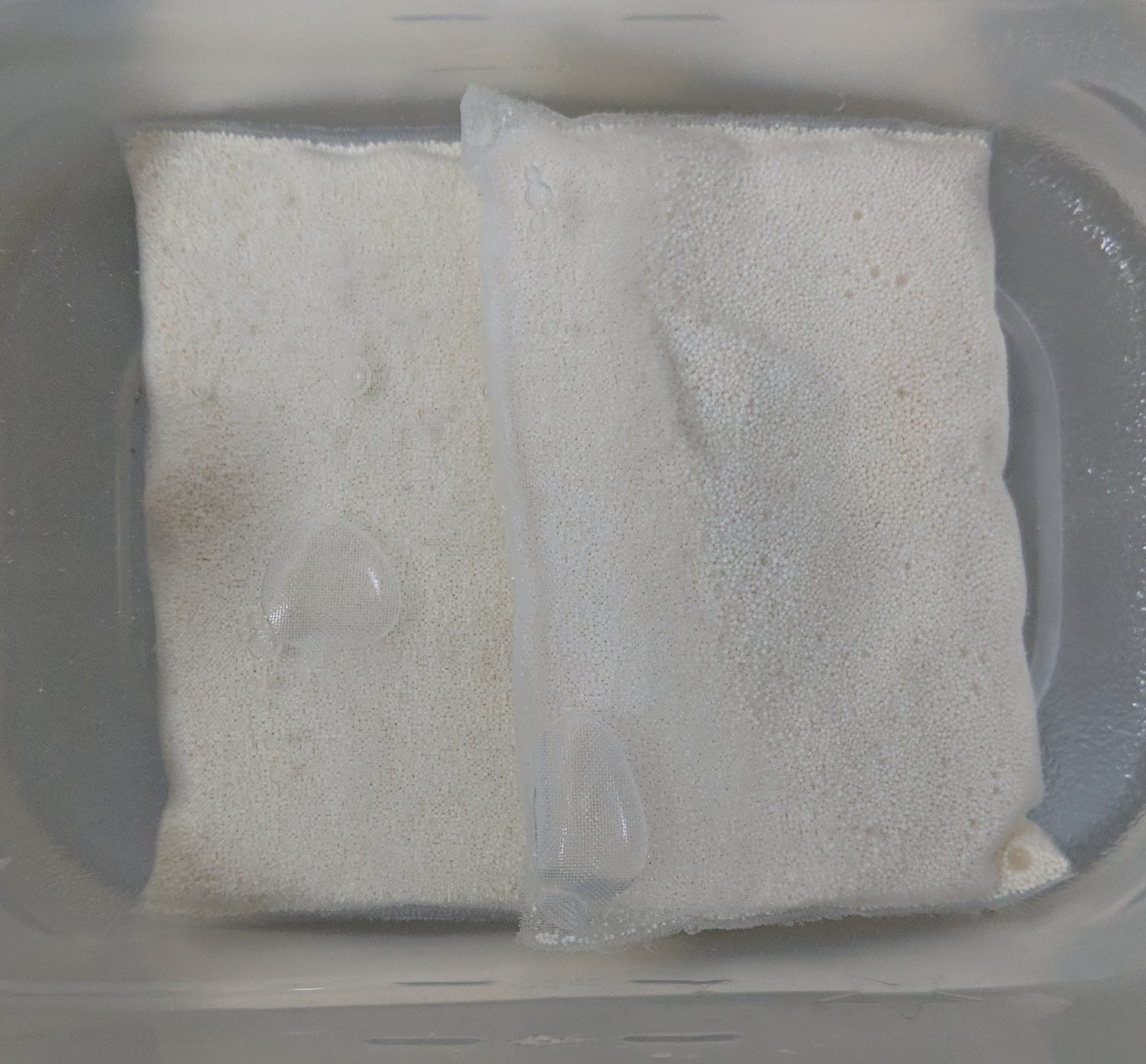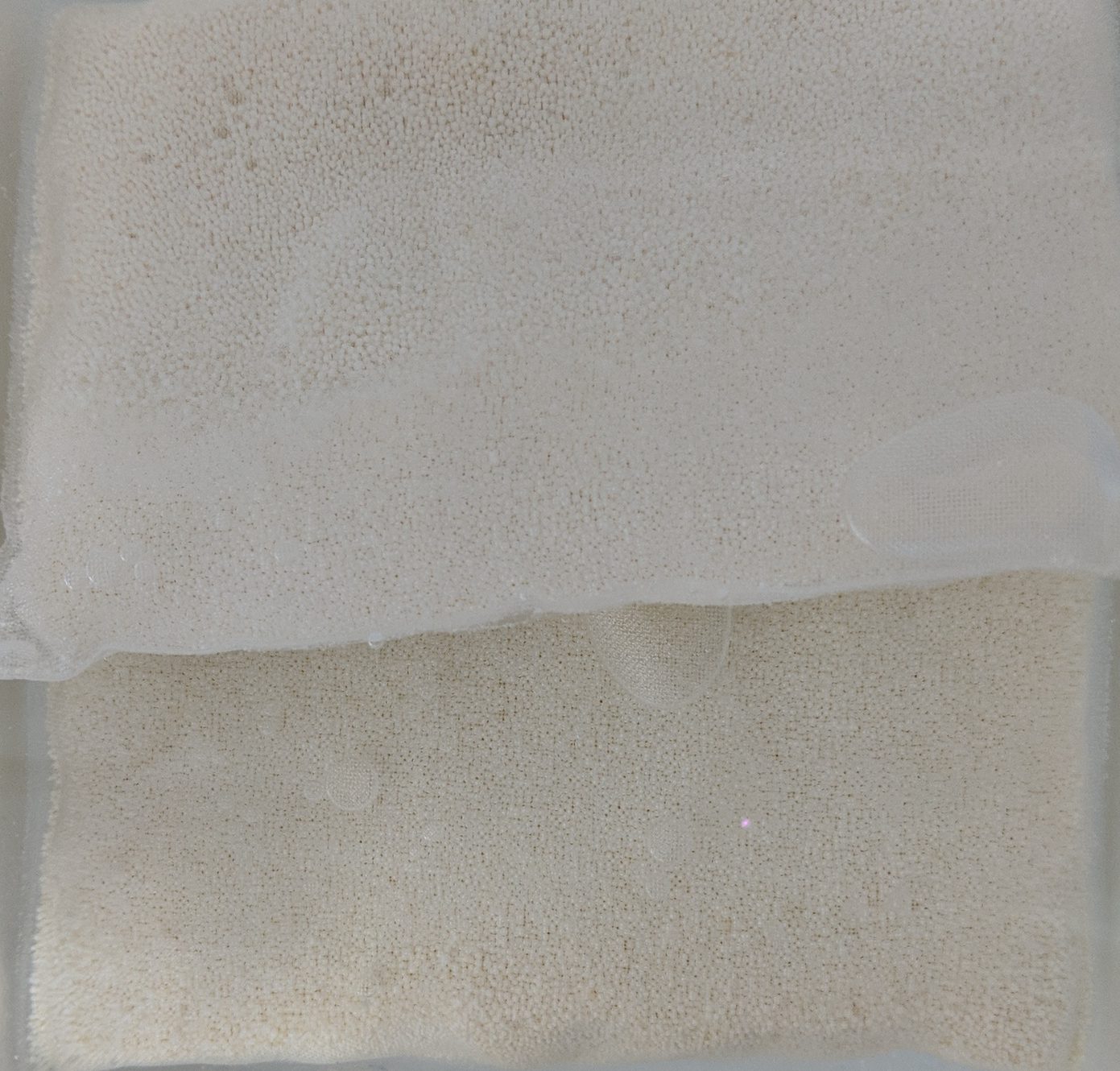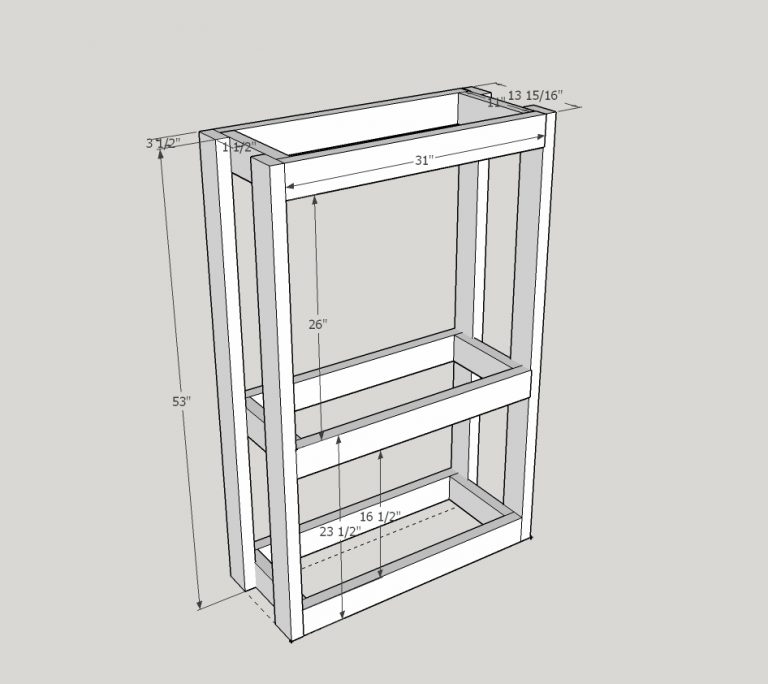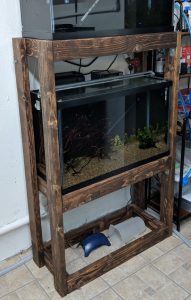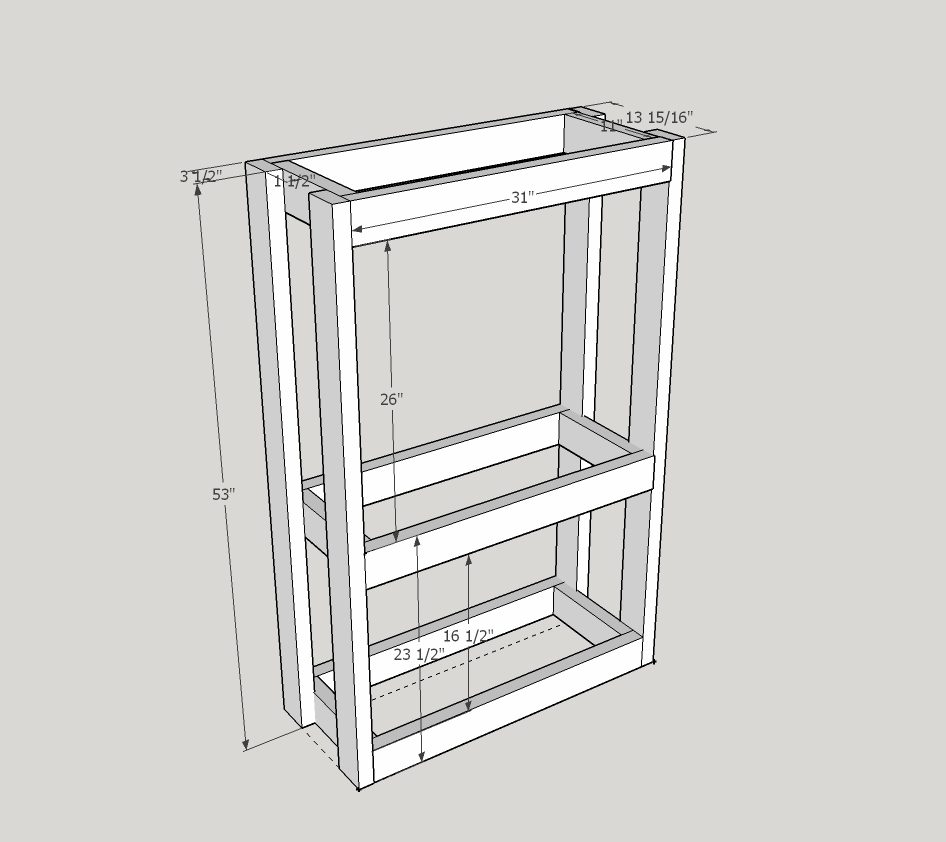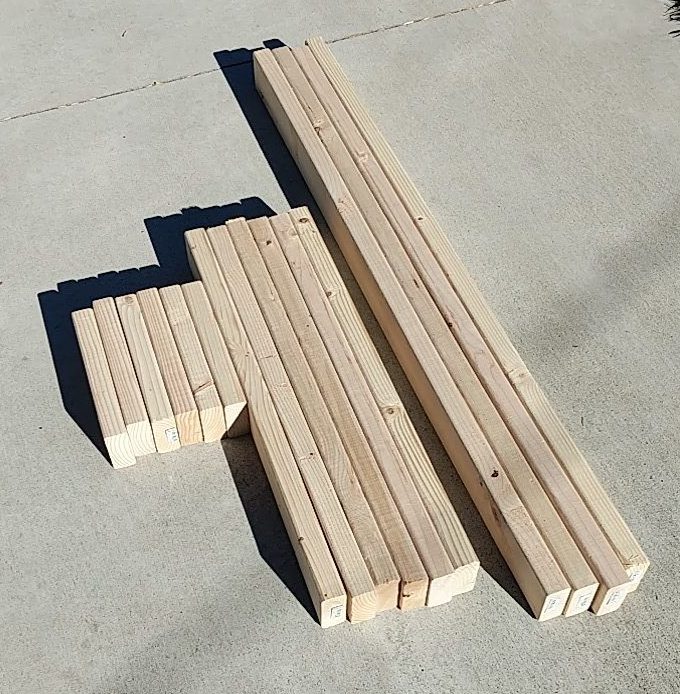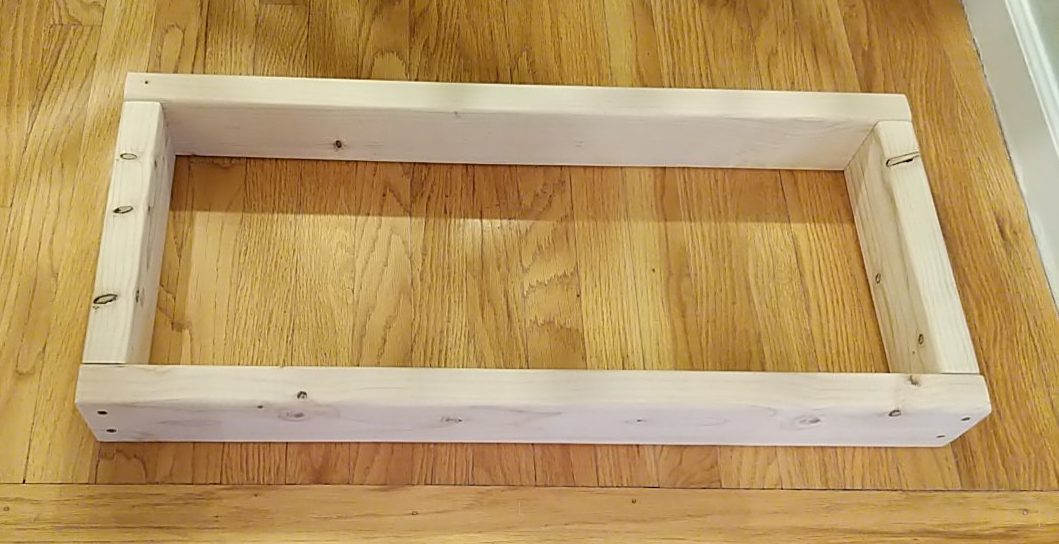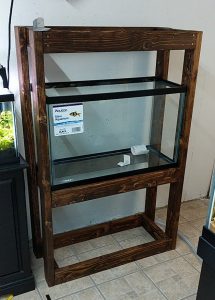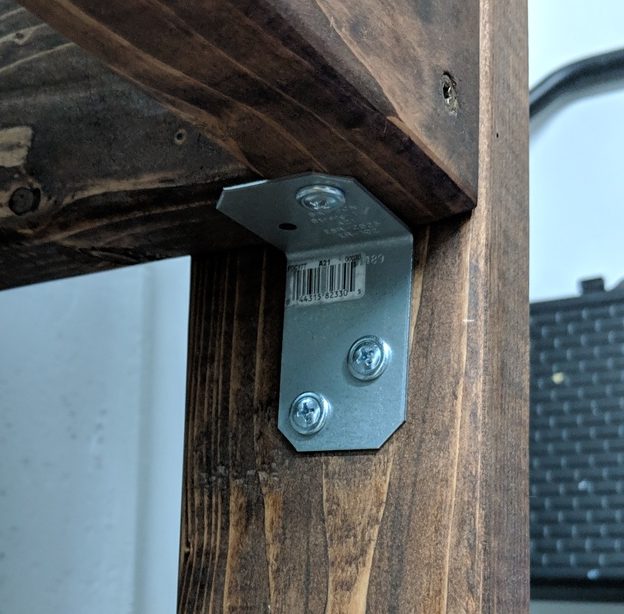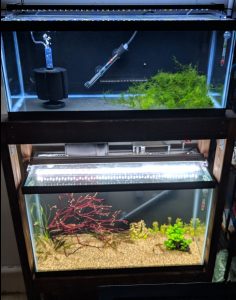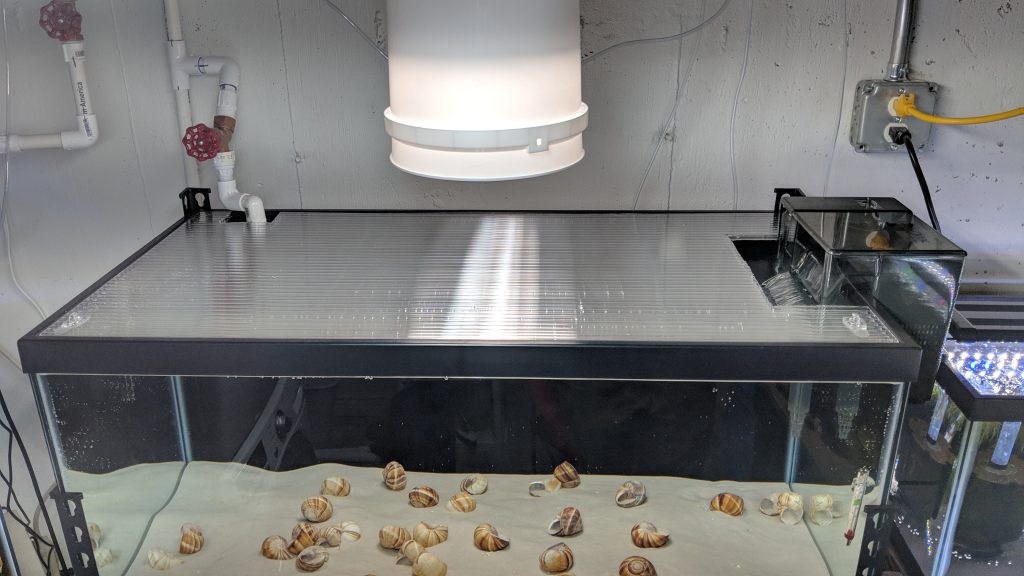
Why Use Polycarbonate for DIY Aquarium Lids
I've previously covered how to make DIY Aquarium Lids out of glass, but glass lids are less practical for larger tanks or configurations where you want a lid that has multiple cutouts for your equipment. I used a panel of twin-wall polycarbonate to make a custom lid for my 40 gallon breeder aquarium (shown above).
Twin-wall polycarbonate is used for roofing panels on greenhouses, so it is designed to allow good light penetration. It is also far more durable than glass. Polycarbonate sheets won't crack or shatter if they are dropped or bumped. They also will not bow or bend like sheets of acrylic, which makes them an ideal material for covering larger aquariums.
Constructing the DIY Aquarium Lids
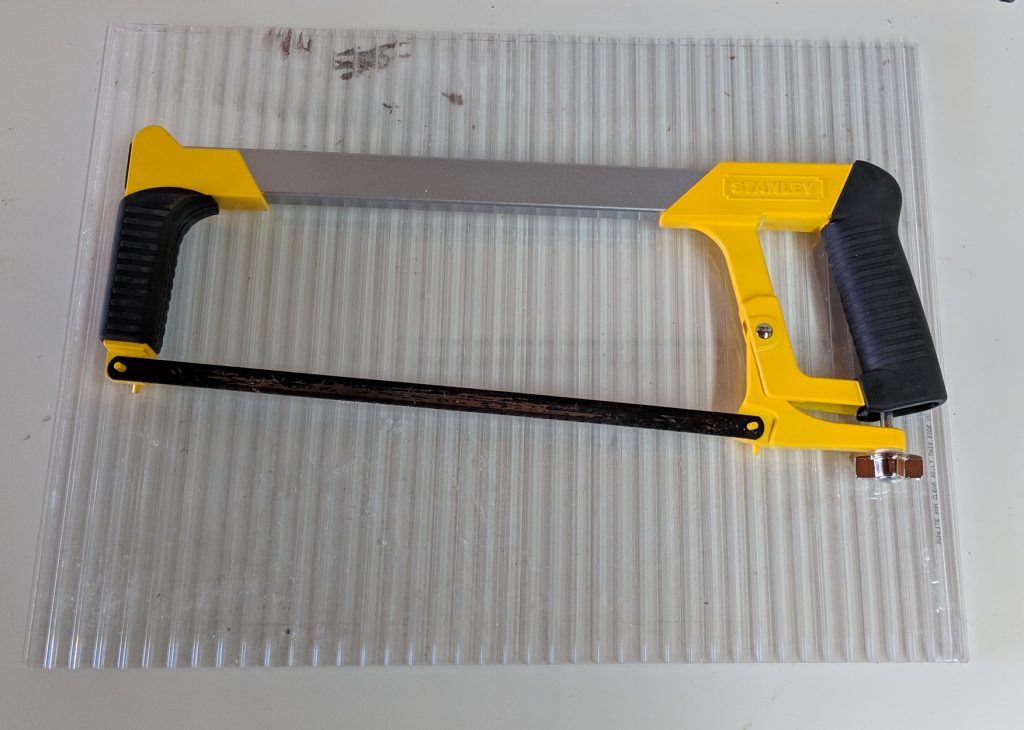
I started with a 2' x 4' sheet of polycarbonate, and used a table saw to cut it down to the dimensions of the top lip of my 40 breeder aquarium: 35" x 17". Then I used a handheld hacksaw to make the cutouts for my incoming water line and my Aquaclear 70 HOB filter. Finally, I added "handles" to the front edge using clear Command hooks. The hooks allow the lid to be lifted off the tank easily for maintenance.

Cutout for Filter 
Cutout for water line
This video by Jadren Aquatics has more good information about making DIY aquarium lids out of polycarbonate panels:
